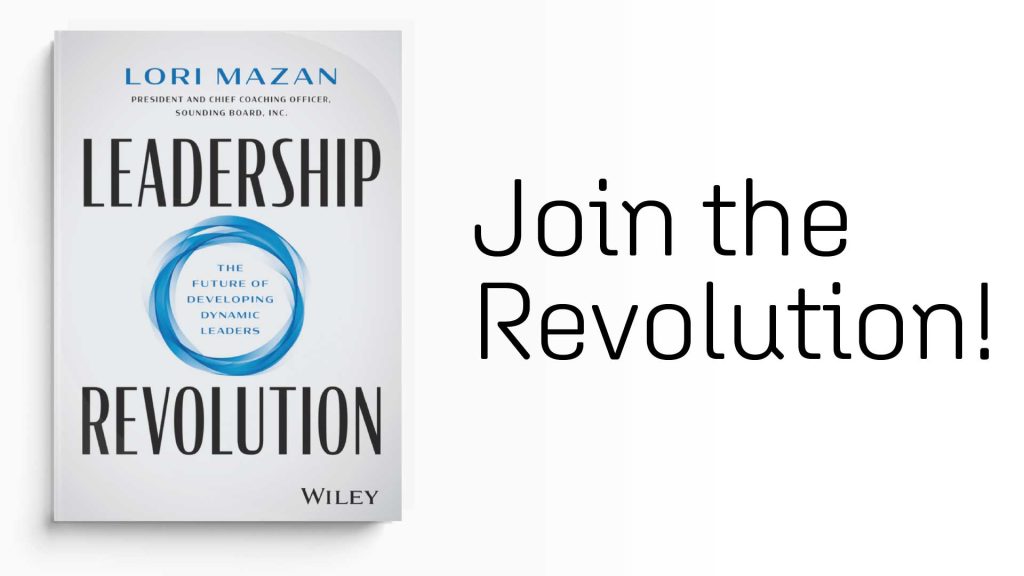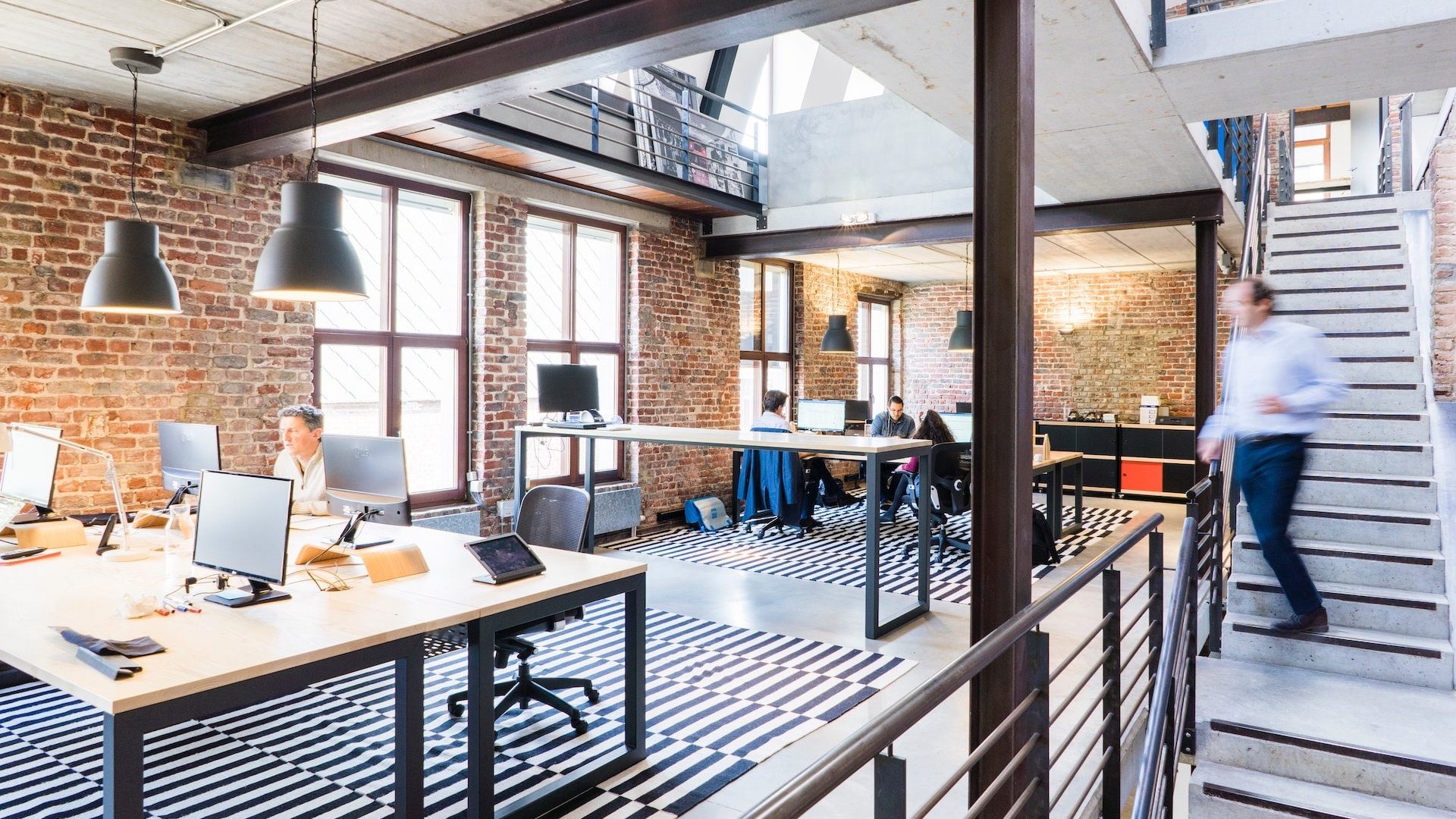Fifteen months ago, few employees and companies imagined that remote work would not only be here to stay, but completely change the workforce. Now, many major companies are leaning in that direction. It took some time to get used to, but many employees are now getting more done in less time by setting their own schedules and working remotely. Going back to the office five days a week may be becoming more feasible, but it may no longer be everyone’s preference.
Still, while many of your employees have begun to realize and enjoy the benefits of remote work, it’s important to remember that there are certain aspects of your company that just work better in person.
With this in mind, it’s time to consider redesigning the workplace to incorporate a balance between the perks of remote work and the in-person conversations that keep companies thriving. Here are some tips for adjusting your workplace to fit a hybrid solution.
Design a Hybrid Workplace Model to Create a Balance
Now that your employees have experienced the benefits of working from home, they are not all going to want to permanently give up remote work even if you’re ready to have them back in the office. A recent PwC survey indicated that just 21% of executives believe returning to a full five-day work week in an office setting is necessary to maintain company culture. Only 5% indicated that not having employees return to the office at all would be a good fit for their company, while the majority support implementing some type of hybrid workplace that combines remote work and in-person work to allow employees and companies to experience both types of benefits.
The remaining executives indicated that having employees spend between one and four days at the office each week would be the most ideal. With the largest percentage of executives surveyed choosing a preference for a three-day week and over two thirds leaning toward some type of hybrid workplace, it’s clear that finding a way to balance the best of both worlds is key when it comes to reimagining the workplace to meet the needs of the modern world.
Changes That Benefit Employees
Many of your employees have come to enjoy getting to spend more time with their families during the day while working remotely. So, creating clear guidelines regarding when employees need to be available during the remote workday can help them plan a personal schedule that works for your company and their families. This can be especially true for working parents and caregivers.
Unfortunately, this benefit of remote work has not been experienced broadly. More than half of parents of young children have frequently struggled to find and afford reliable childcare during the past year, particularly in areas where schools remained closed. Offering extra benefits for parents in need of childcare, especially on the days when they will be back in the office, tops PwC’s list of ways companies can help employees transition to a hybrid workplace model.
Nearly half of executives have considered adding communal work areas to their office space to help employees make the most of the days they spend at the office. Moving to a permanent hybrid workspace will mean that much of what employees used to get done alone at their desks will be delegated to remote work days, which will shift the focus of in-person work days to covering collaborative work needs. Redesigning the office space to include fewer individual cubicles and more areas for meetings and small group discussions can help your employees get more accomplished during fewer days at work.
Changes That Benefit Businesses
Providing training in effective remote and hybrid work, especially for HR employees, managers, and other employees with key leadership roles, can help employees succeed at a higher level as your company and many others around the world consider what it might look like to never return to a traditional five-day work week.
Many employees and employers struggled to be productive with little to no guidance during the first weeks and months of working from home. Most at least somewhat adjusted over time, and approximately half of both groups reported that they were more productive working from home than in the office by December. Shifting to a hybrid model will be a new type of adjustment and providing adequate training from the start can help your employees hold onto what worked well for them at home, improve in areas that did not, and pinpoint how to use a more limited amount of time most effectively in the office.
Many companies also intend to invest in additional IT infrastructure, hoteling applications, tools for virtual collaboration, and other types of innovative tech tools that will help support a workplace that relies more on technology than ever. By creating new options for signing up for workspaces, working together on a project without being in the same room, and providing laptops, software, and other tools for employees to use at home, businesses can revamp company spending to help employees succeed while creating a completely new type of workplace.
Businesses can also move to smaller and less expensive buildings if they choose to rotate who is in the office at any given time. By having a smaller percentage of employees in the office every day instead of having everyone in person or at home at the same time, employees can share space and equipment on different days to lower company costs.
Plan an Effective Return to the Office
Although adjusting your company’s physical workplace and your strategies for optimizing both remote and in-person work are important aspects of helping your employees and your business transition to a hybrid workplace model, determining exactly what needs to be done can be challenging. Working with a coaching company can give you the opportunity to discuss the unique needs of your company with experts who can help you optimize each decision you make when creating a reimagined workplace.
At Sounding Board, we are here to help you find innovative ways to meet your goals when it comes to creating a new version of your company that combines the newly discovered benefits of working from home with the advantages of returning to a limited amount of time at the office. Contact us today to learn more about how we can help you plan a customized hybrid workplace that works for your company!











